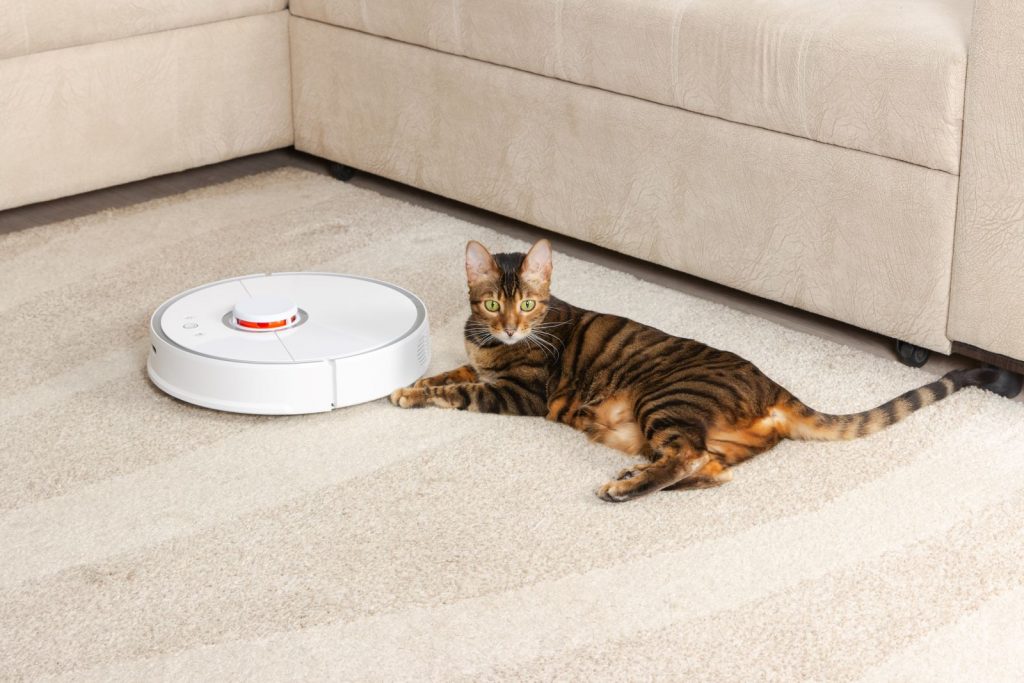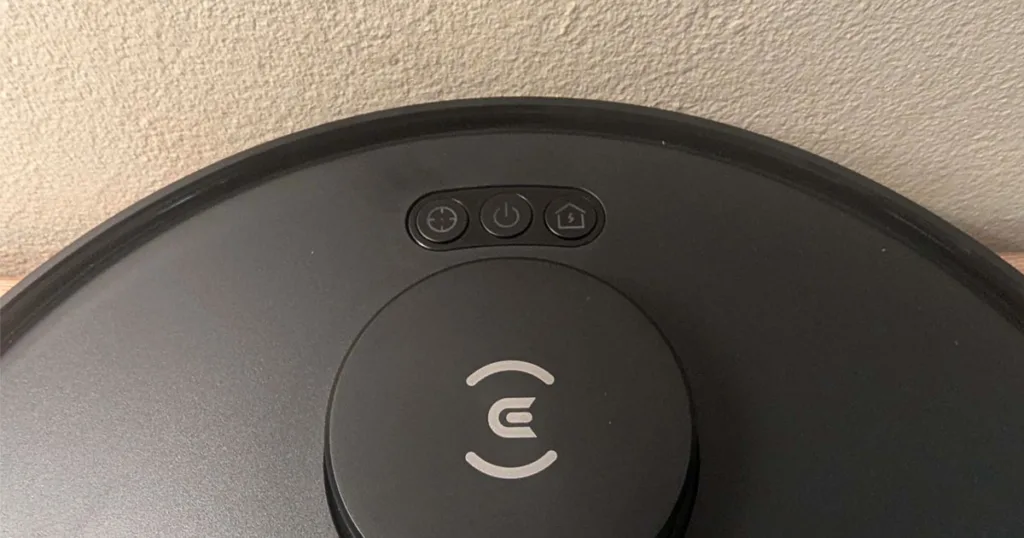If you're looking to chill out during the warmer months there are plenty of factors to consider in your air conditioner. The first one you need to tackle is what size aircon you need.
The higher the cooling capacity, the more powerful the air conditioner, and therefore the more space it can cover. But bigger doesn't neccessarily mean better, especially if running costs are an important consideration in your household.
You'll need to consider not only the wattage of the aircon, but also room size, insulation, windows, and ceiling height. It is a lot to think about, but we'll help make the process that little bit easier.







